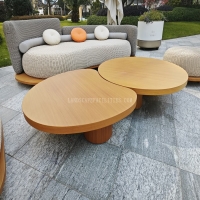Welcome to the website for landscape facilities products and knowledge.
What is the impact of the bin’s design on reducing litter in public spaces?
The design of public bins plays a crucial role in reducing litter and maintaining cleanliness in urban areas. Well-designed bins are not just containers for waste; they are strategic tools that encourage proper disposal and discourage littering.
One key factor is accessibility. Bins placed at convenient intervals and in high-traffic areas make it easier for people to discard trash responsibly. Studies show that visible and well-placed bins reduce litter by up to 30%. Additionally, bins with clear labeling for recycling and general waste help educate the public on proper waste segregation, further minimizing environmental impact.
Aesthetic appeal also matters. Modern, attractive bin designs blend seamlessly into public spaces, making them more likely to be used. For example, bins with sleek designs or artistic elements often become part of the urban landscape, reducing the stigma around waste disposal.
Innovative features like foot pedals, sensor-based lids, or compacting mechanisms enhance hygiene and usability, encouraging consistent use. Cities that have adopted such designs report lower litter rates and higher public satisfaction.
Ultimately, thoughtful bin design is a simple yet powerful solution to littering. By combining functionality, education, and aesthetics, municipalities can create cleaner, more sustainable public spaces for everyone.
Related search:

Recommendation
Elliptical metal outdoor table with nested design, resembling wood grain, round table